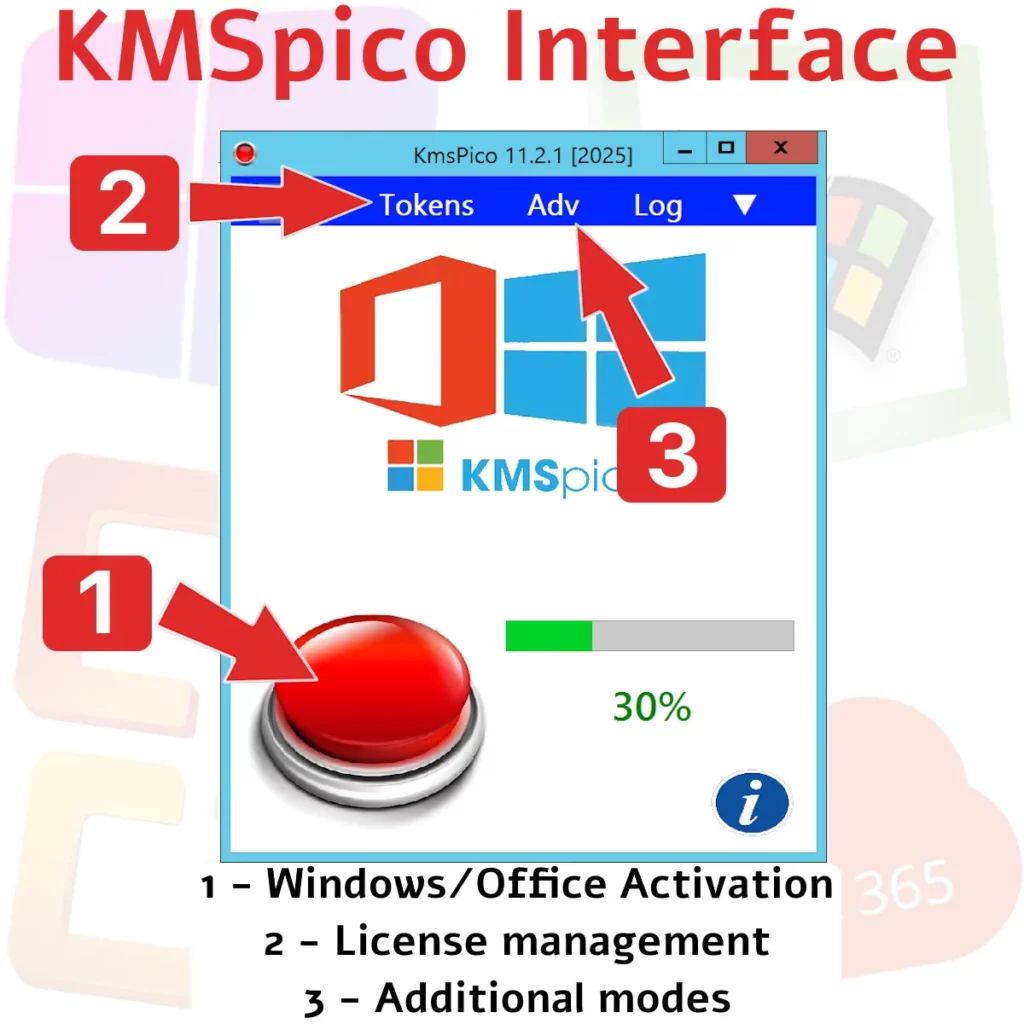Key Patterns for Managing Software Licenses Effectively

Software licensing is a critical component for businesses and individuals who utilize Microsoft’s operating systems and productivity tools. Navigating the complexities of software activation, such as leveraging applications like kmspico windows 10, can be challenging. Understanding the nuances of different activation methods ensures compliance and enhances operational efficiency.
Understanding kmspico windows 10
The term kmspico windows 10 refers to an unofficial tool used for Windows activation. It simulates a Key Management Service (KMS) server within your network to activate copies of Windows without a genuine license key. This method aligns with business needs in specific scenarios but also carries significant risks, such as breaching license agreements and exposing systems to security threats.
The Role of KMS in Activation
KMS is a legitimate technology from Microsoft designed to streamline os activation across large networks. It allows the activation of Windows operating systems like Windows 10, as well as Office products, using a local network server rather than connecting each machine to Microsoft individually. While kmspico windows 10 mimics this process, it’s important to understand its unofficial status and potential legal implications.
Digital License and Windows Activation
Windows 10 offers several activation pathways, including digital licenses tied directly to a user’s Microsoft account. This method eliminates the need for physical product keys, making the activation process more seamless for users. However, utilizing unauthorized tools like kmspico windows 10 for activation circumvents these official channels, often leading to incomplete updates or system instability.
Legal Implications of Using kmspico
Utilizing kmspico windows 10 poses significant legal risks. Businesses relying on unlicensed software could face penalties during audits or suffer from reputational damage. It’s crucial to weigh these risks against the short-term benefit of avoiding legitimate licensing fees.
Security Risks Associated with KMS Tools
While tools like kmspico provide a quick solution for activation, they are not without security concerns. These cracks can introduce malware or backdoors into your system, compromising data integrity. Ensuring that all software comes from verified sources helps maintain robust cybersecurity defenses.
Alternatives to Unauthorized Activators
- Volume Licensing: For organizations needing multiple activations, Microsoft’s Volume Licensing Service provides legitimate licensing solutions tailored to business sizes.
- KMS Activator Office 2019: For activating Office products legally within organizational environments, using licensed KMS services can offer compliance while maintaining efficiency.
- DISM Command Tool: The Deployment Image Servicing and Management (DISM) tool can help troubleshoot and repair image-related issues on Windows systems post-activation.
Optimizing Resource Allocation in Activation Planning
Efficient os activation requires careful planning and resource management. Implementing best practices in licensing helps avoid the pitfalls associated with unauthorized software use. For example, running activations within a controlled environment like a virtual machine with at least 2 vCPU and 4 GB RAM allows IT teams to test deployments safely before full-scale implementation.
Monitoring Activation Status
Regular audits using built-in Windows tools can help monitor the current status of activated products within your network. This practice ensures that all installations remain compliant and minimizes disruptions from unforeseen deactivation events.
Snapshot Timing for System Integrity
Taking regular snapshots before performing activations or updates can safeguard against potential issues caused by unsuccessful processes or unauthorized tools like kmspico windows 10. Restoring from a stable snapshot reduces downtime and maintains operational continuity.
The Importance of Compliance in Software Licensing
Maintaining compliance through legitimate means is essential for any organization relying on Microsoft products. By understanding both the utility and risks associated with tools like kmspico windows 10 and adhering to proper licensing procedures, companies can protect themselves from legal troubles while optimizing their IT investments effectively.
Strategic License Key Management
A proactive approach involves cataloging license keys accurately and ensuring that they are updated promptly within your IT infrastructure. Automated tools can help keep track of expiration dates and renewal cycles, ensuring continuous operation without lapses in service availability.
Navigating software licensing requires due diligence and awareness of both legal frameworks and technological solutions available today. Solutions such as volume licensing present viable alternatives, ensuring that every aspect of software management aligns with operational goals while safeguarding against potential pitfalls of unauthorized activators like kmspico windows 10.
The Ethical Considerations Around Software Use
The decision to use tools like kmspico windows 10 should be carefully considered not just from a legal standpoint but also an ethical one. Engaging with unauthorized software undermines trust in digital ecosystems and could contribute to broader issues related to piracy and intellectual property theft.
The Impact on Software Development Industry
The widespread use of unauthorized activators impacts the software development industry significantly by reducing revenues that fund innovation and development efforts. Companies rely on income generated from software sales to invest back into research that leads to better products for consumers worldwide.
This dynamic highlights the importance of supporting software creators by purchasing licenses through legitimate channels, thereby fostering an environment where continued advancements are possible.
The Role of Education in Promoting Compliance
An informed user base is critical in promoting adherence to software licensing agreements. Educational initiatives focused on raising awareness about the benefits of legitimate software use versus the risks associated with illicit activators can drive change at both individual and organizational levels.
Workshops: Hosting workshops that demonstrate how genuine licenses enhance security features can empower IT staff with knowledge applicable in their daily operations.
Community Engagement: Engaging communities through forums or seminars where experiences are shared regarding best practices in compliance encourages collective responsibility toward ethical technology use.
Sustaining Long-Term Security Measures
Sustaining long-term security measures involves integrating comprehensive strategies that align with company objectives while emphasizing compliance over shortcuts offered by tools like kmspico windows 10. Regular training sessions combined with updated policy frameworks ensure everyone involved understands their role in maintaining compliance standards proactively.
Pursuing legitimate avenues not only secures networks but also contributes positively towards building a more secure digital landscape globally—a goal shared by stakeholders across industries committed to ethical practices in technology usage.

